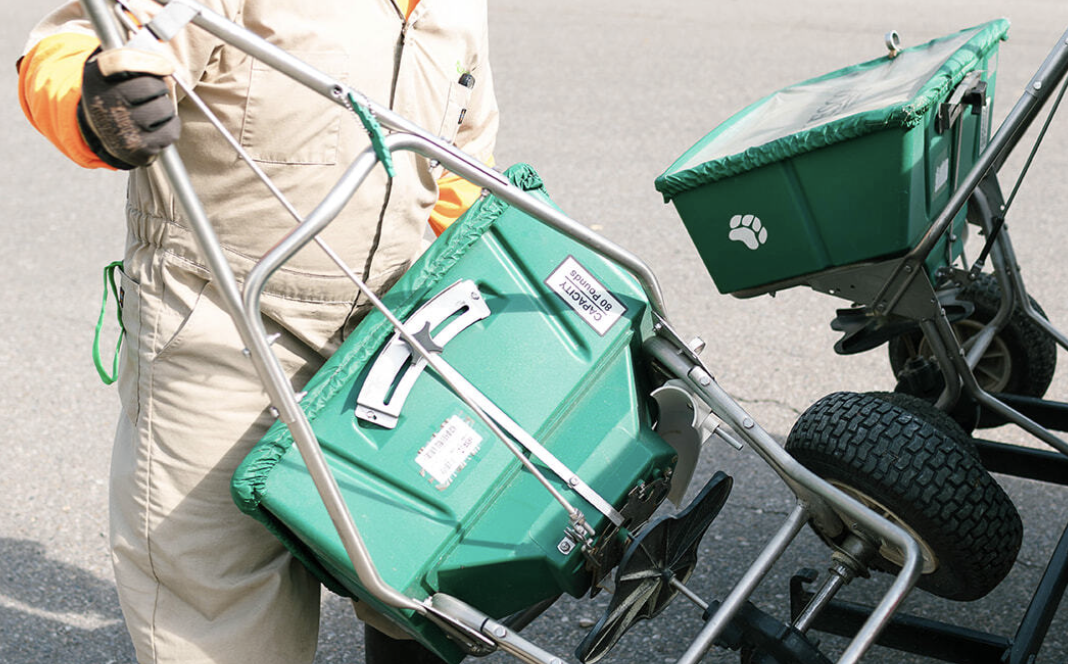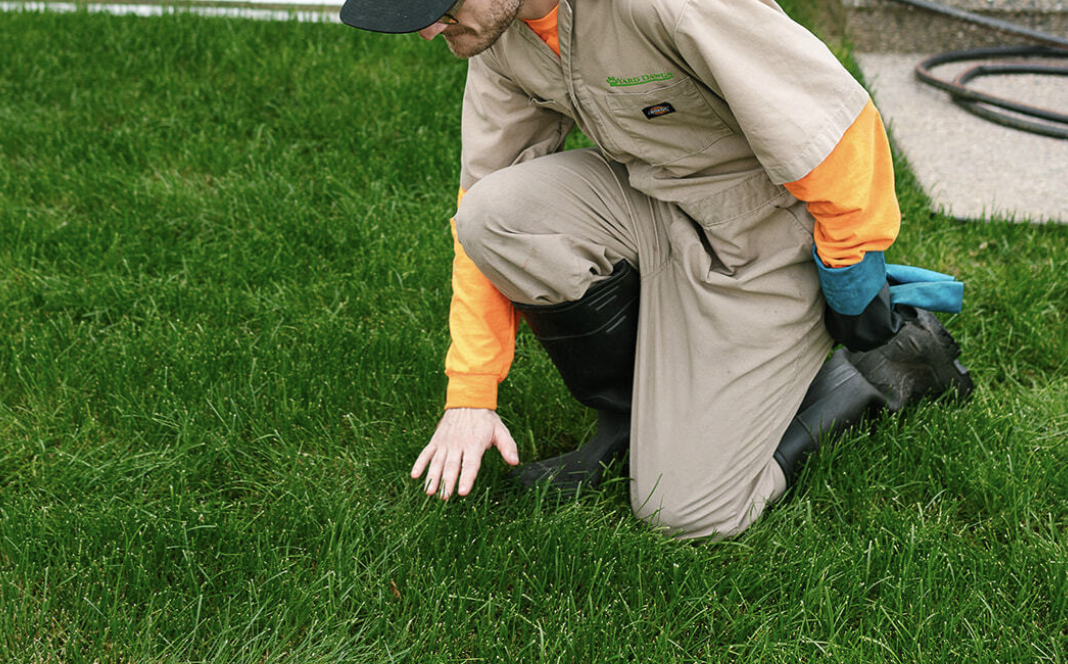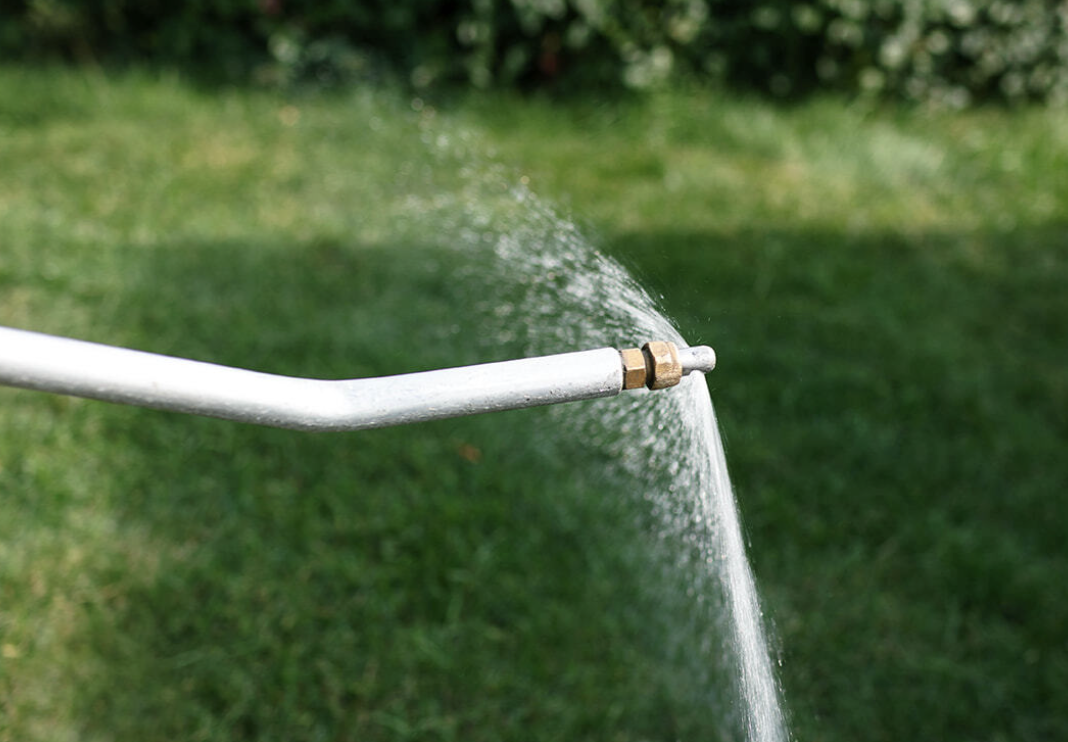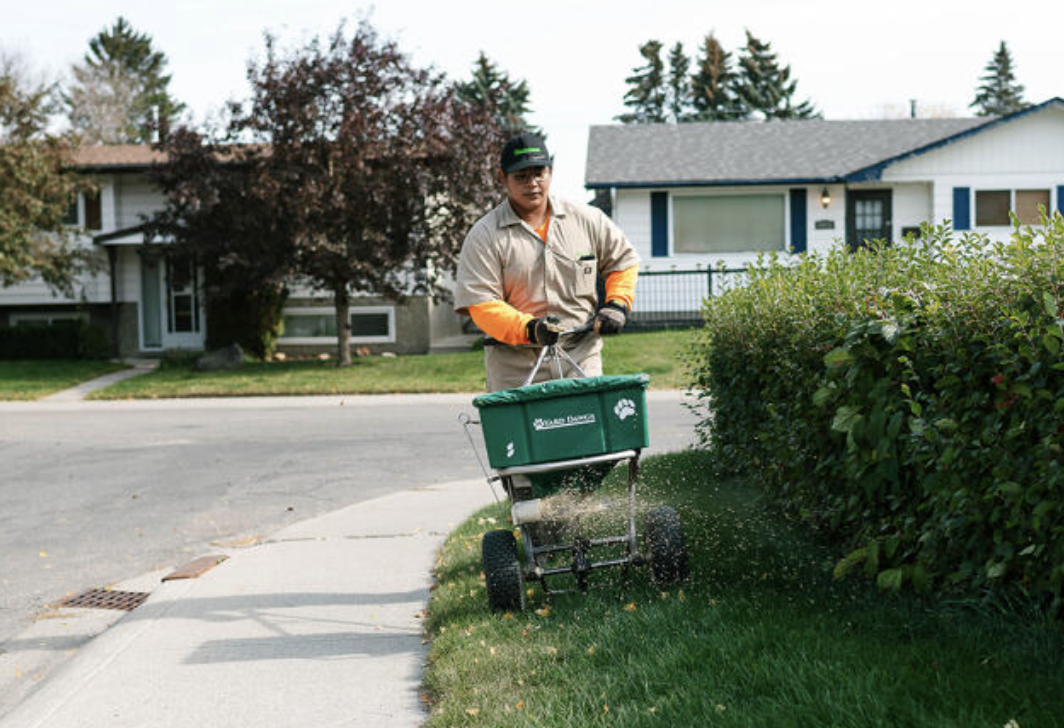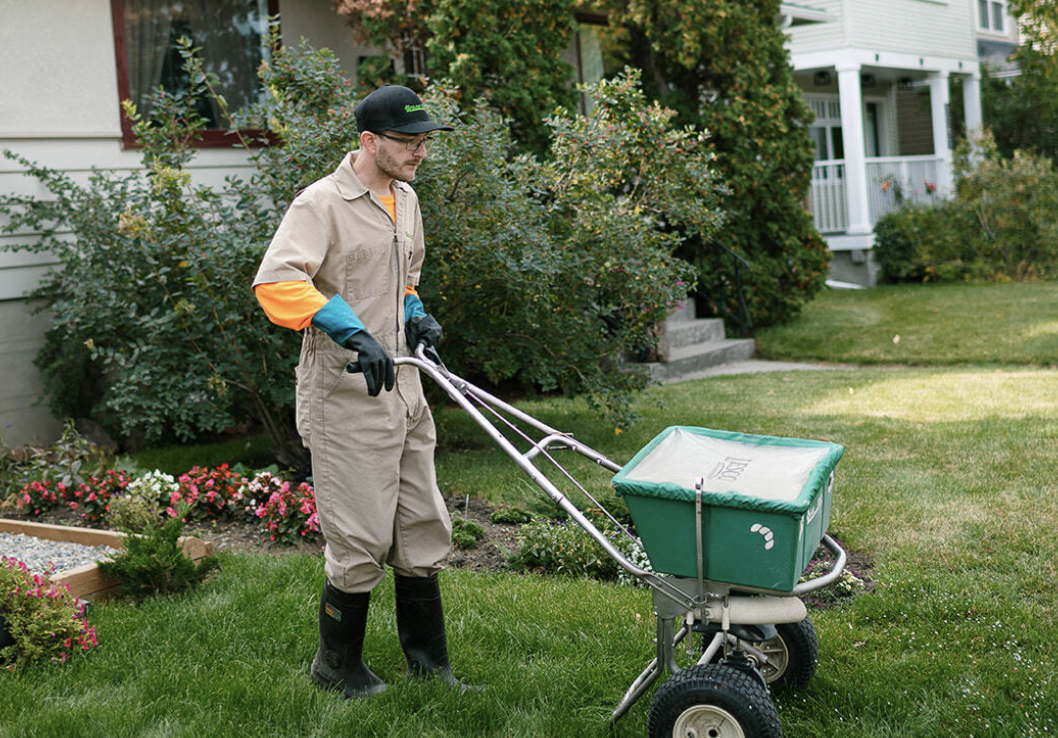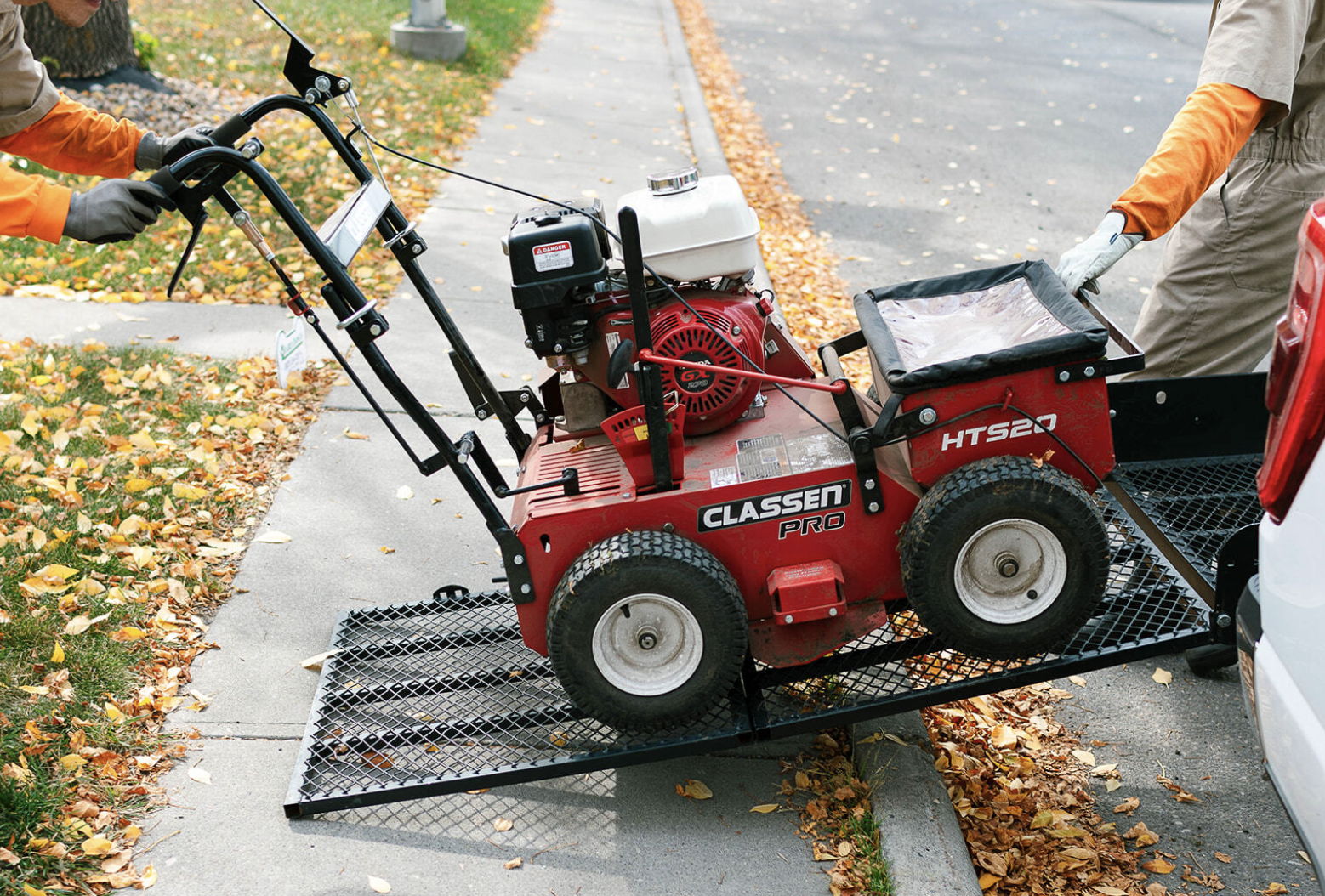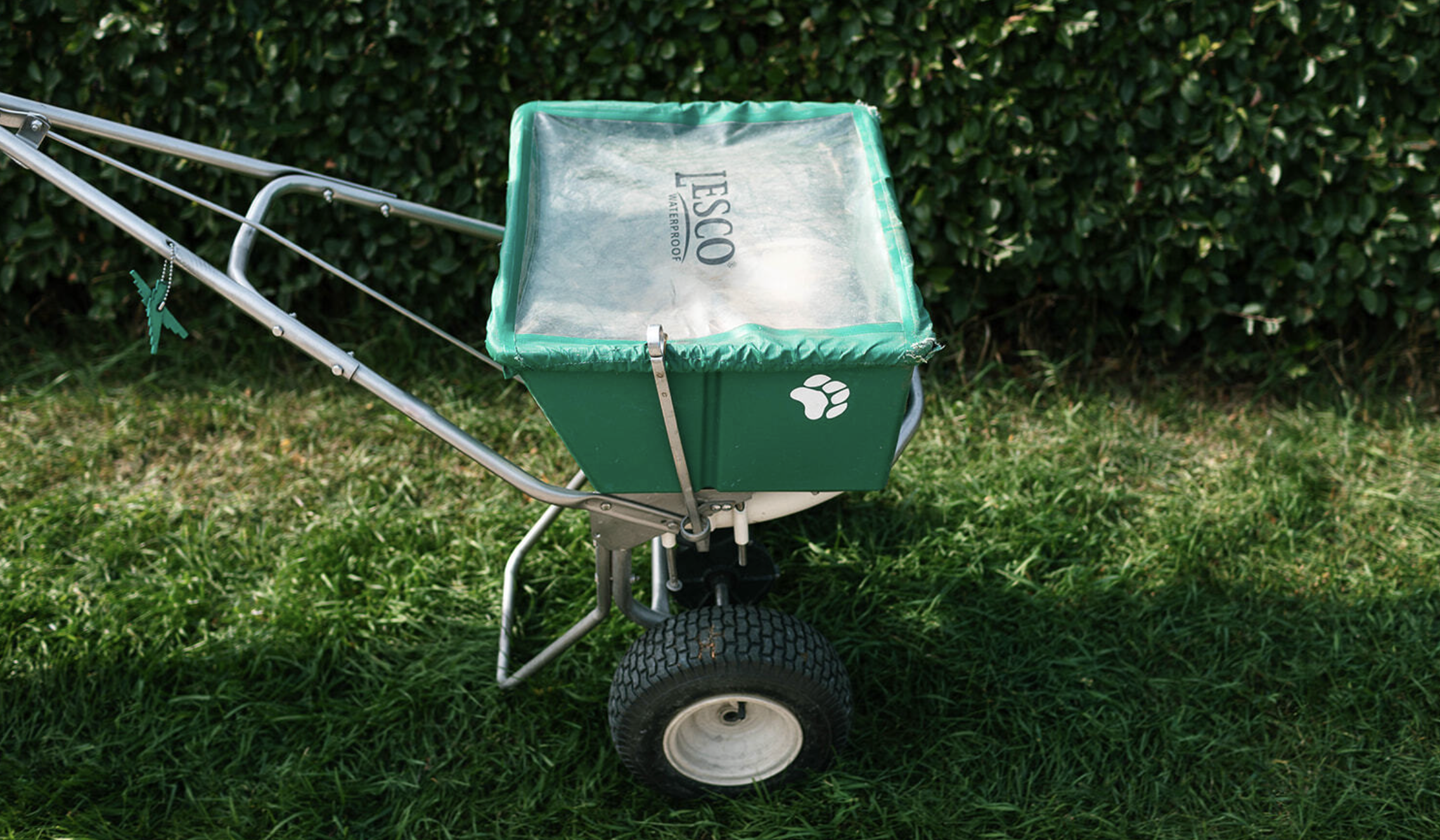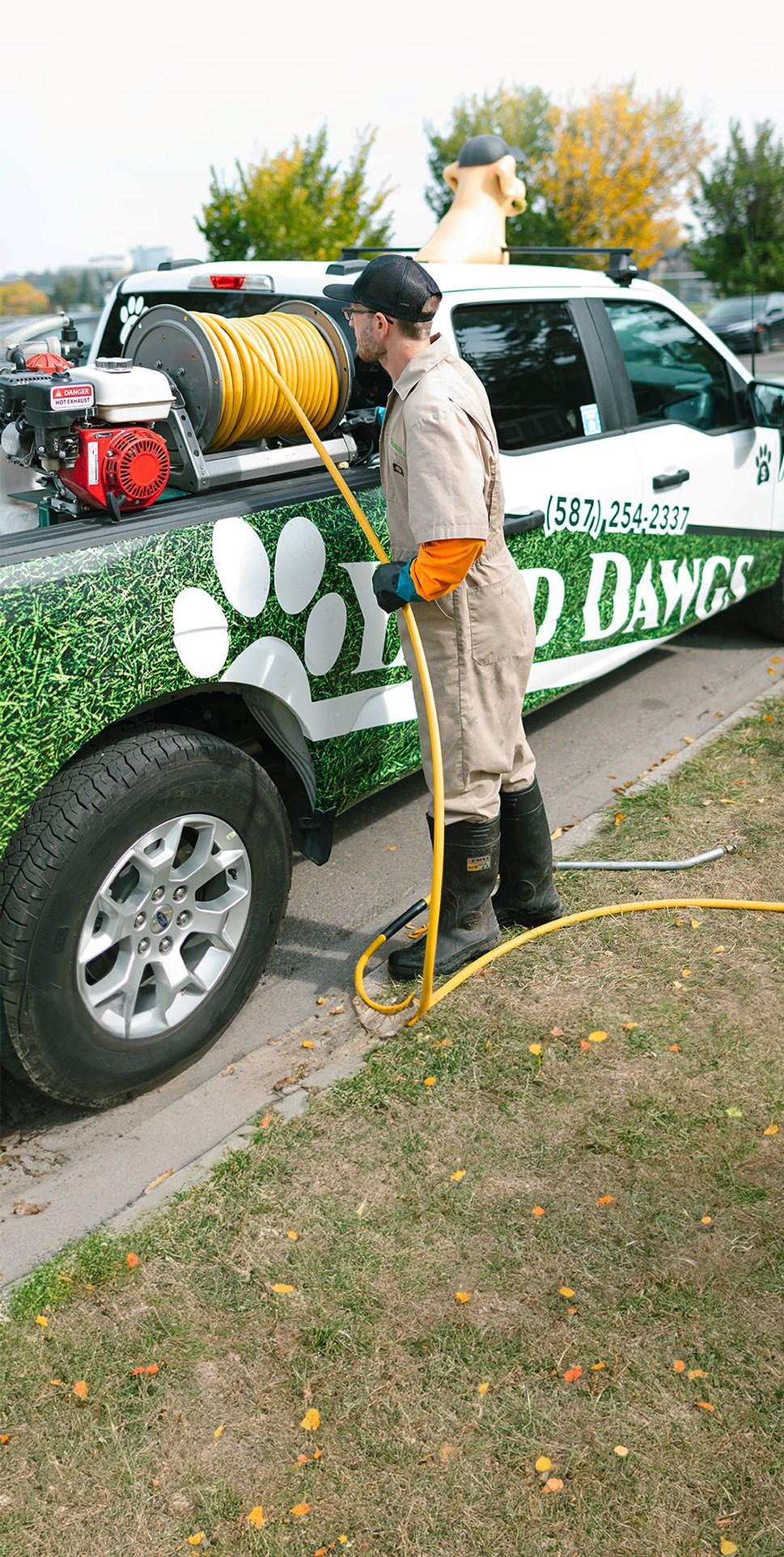Every year when the temperature becomes frigid in October and November, there is always one thing most homeowners forget to do. Take a guess at what it is. It’s the $500 lawn mower (when did they become so expensive) that needs to be properly winterized.
Many leave it as is and cross their fingers that it’ll last through the deep freeze that is the subsequent 5 months. Of course, this is never a good idea and next Spring it often leads to costly maintenance.

Misconception: Empty The Fuel Tank Prior To Storage
Back in the day, Yard Dawgs used this technique. However, after one harsh winter the carburetor and gas tank were completely corroded and unusable. We learnt our lesson. It’s assumed you should empty the fuel because regular gasoline will start to deteriorate after 30 days and will start to clog up the carburetor over the winter.
When the term ‘carburetor’ is used, just think of that as ‘fuel injector’. The carburetor injects fuel into the combustion chamber to produce the thrust to propel the engine. Draining the fuel tank may seem like a smart idea but it can mess up the three basic functions of the engine: air, spark, and fuel.
Clean air should always be available to your engine if the air filter and air intake are taken care of. Caring for and replacing spark plugs takes care of the spark element which usually needs replacing every 100 hours.
Why You Shouldn't Drain Your Tank Of Fuel
.png?width=740&name=Blog%20Photos%20(40).png)
When the tank is drained of fuel, the engine, gas tank and carburetor will have small amounts of residue left over. With the combination of small droplets of gasoline and oxygen, the gas starts to oxidize and turn into a gummy debris. If this occurs in the carburetor, it’s costly to replace. That’s why when the tank is fully drained of fuel, it puts an excess mount of stress on the carburetor.
Additionally, if the tank is empty, oxygen fills up the tank and engine. Where there is oxygen, there is the potential for condensation. This pair is never good news.
Water will enter the fuel tank system and rust out the engine. The corrosion will be most catastrophic in the carburetor, fuel lines and engine cylinders.
Any brittle parts like plastic or rubber can be damaged since they are designed to only carry fuel. Water that gets in will damage these parts.
Storing Your Lawn Mower Over Winter
Over the winter oil can corrode internal parts of your lawn mower’s engine because of the gasoline, moisture, soot, and acids within the oil itself. To combat this, you’ll want to change the oil in your lawn mower and run it for a few minutes to coat all the internal parts with clean oil. This is where you’ll check your lawn mower manual to make sure you use the right type of oil for your lawn mower.
Towards the end of the season, when you fill end up the tank for the last time:
- Add a fuel stabilizer for lawn mower to your tank (We recommend the Sta-Bil Fuel Stabilizer from Canadian Tire)
a. Mix a ratio of 1 part STABIL to 300-part gasoline. Or 30 milliliters for every 9 liters of gasoline - Run the engine for 5-10 minutes so the stabilizer will make its way to the carburetor, fuel lines and cylinder
- Make sure your gas tank is still 90-95% full so that minimal oxygen can enter
Sta-Bil Fuel Stabilizer |
|
|
|
The stabilizer is good for up to 24 months after. When Spring rolls around next season, the gasoline will still be fresh, and your engine won’t have any damage. This saves you the hassle of maintenance every Spring.
It should be noted, if yours is an electric mower, removing the battery will do the trick. Store the batteries inside your home. Extreme temperatures can shorten the lifespan of batteries and cause them to fail prematurely. You can check your lawn mower manual for the appropriate temperature to store them.
Although this covers one of the most common errors of lawn mower maintenance, there are other steps to keep in mind before stowing your mower away.
Sharpen Your Mower Blades
.png?width=740&name=Blog%20Photos%20(35).png)
Sharpening the blades will ensure your mower is cutting quickly and cleanly. This should be done once a year. If the blades are damaged, they should be replaced. For safety, remove the spark plug before dealing with the mower blades.
Clean Your Mower Before Storing It Away
.png?width=740&name=Blog%20Photos%20(37).png)
The only other big-ticket item in terms of caring for your mower is cleaning the deck. This is something homeowners should be completing throughout the season, but it’s of special importance to winterize lawn mower.
For most clippings, a shot of water with the hose will do the job. Try a plastic paint chipper or bristled pot scrubber for dried-on clippings. To go above and beyond, spray the underside of the deck to prevent buildup.
Prevent Rust By Lubricating Exposed Metals Parts
.png?width=740&name=Blog%20Photos%20(39).png)
The wheel bearings and spindles are among those that should be greased throughout the season, but especially before storing during the winter.
Make sure your lawn mower is parked on a hard flat surface. Clean all dirt and debris before applying the lubricant. To DIY grease your lawn mower visit: Advance Engine Tech’s blog.
Storing The Mower In A Dry Location
.png?width=740&name=Blog%20Photos%20(38).png)
Consumer reports advises storing the lawn mower in a dry location. “When storing your mower, try putting a container of mothballs near the deck to prevent mice and other rodents from nesting in the dormant machine. (Mice are notorious for chewing through spark plug wires, fuel hoses, and even pull cords.) Better still, make your garage or storage area inhospitable to rodents in the first place.”
To do so, make sure leaves and other organic debris doesn’t buildup around your garage or other storage area. This will prevent rodents from finding a place to burrow into your storage area.
Let’s Review:
1. Add stabilizer
2. Remove the blade and clean out the grass - Clean The Deck
3. Check for any damage and replace parts if needed
4. Lubricate parts to prevent rust
5. Move your lawn mower to a dry storage unit
Follow these steps and then your lawn mower will be ready to hibernate until Spring!





.png)
